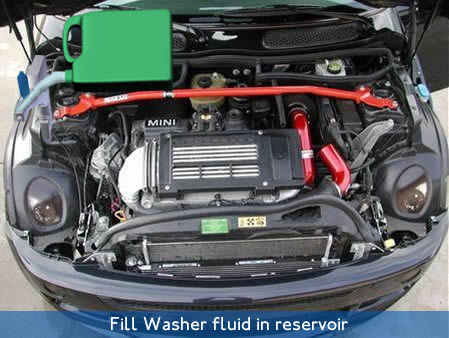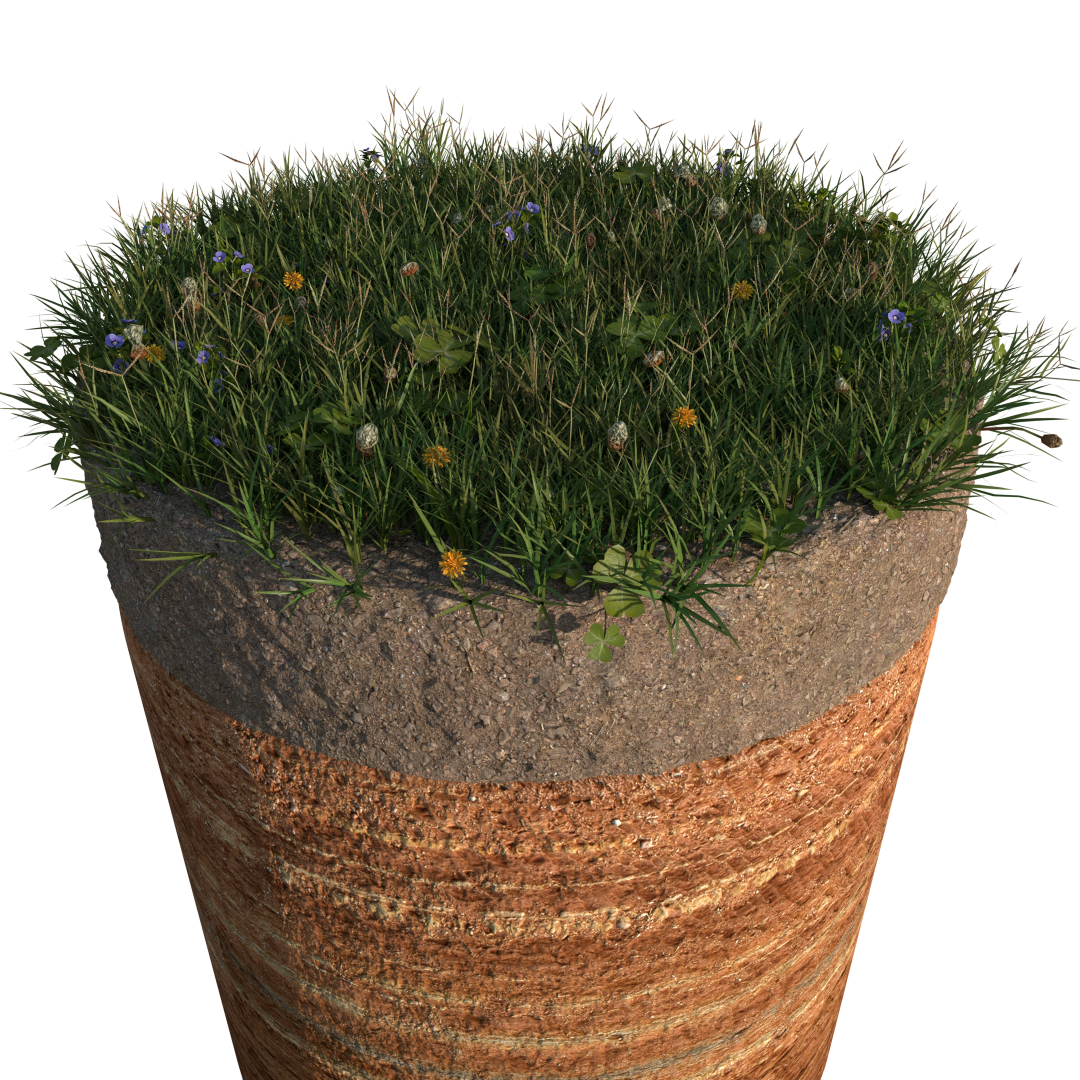Augmented Reality has established itself over the last few years as an emerging technology without appearing to generate enough momentum to galvanise mainstream adoption, that is until now. I predict this will rapidly change as “Big Data” becomes increasingly prevalent and easy to integrate with developing technologies and hardware. If we look at the themes emerging from CES 2014 and most recently the MWC, many of the commercial big hitters are focusing on the use of mobile devices to serve consumers with a plethora of data to assist in their daily lives. This is important where AR is concerned in terms of the use of environmental aware applications monitoring user location, to present relevant contextual information. Obviously, privacy is a major inhibitor to uptake with users reluctant to allow companies like Google access to personal information. Even so, I believe education applications can exploit the potential of a marriage between AR and big data.
The healthcare industry is starting to see integration between wearable devices coupled with patient data/imaging to identify precision placement when applying an IV in the example above from Evena. This could have a massive impact in the training of medical students and continued development of existing medical professionals. The automotive industry are also providing manual data to owners enabling them to perform simple maintenance procedures such as topping up windscreen fluid and oil (see below).
With an increasing number of sensors being incorporated into nomadic devices, imagine being able to monitor the air quality at different points in a city for an environmental tour, then compare it in real time with city averages across the globe to draw out correlations and causality.
As part of an AR Geology field trip Mimas developed last year, users could listen to qualified academic commentary, uncover fossils and navigate a predefined route. Going beyond this, I envisage it will soon be possible to use big data to serve soil information and accurate core samples based on their exact location. Couple this with increased range of device sensors and students could record pH readings for project work, adding them to datasets for analysis, enabling the prediction of future environmental impact. This data could then be shared with the Environmental Agency so that preventative measures could be taken prior to any serious ecological impact.
Of course, there are a few obstacles to overcome before users are able to realise the potential application of environmental aware content in an education context. Battery life is a major problem yet to be resolved, and will need to be addressed before other sensors can be reliably integrated to ubiquitous devices. Also, hardware capabilities, although improving exponentially, will at present prevent some of the more engaging and practical uses of AR, especially dynamic 3D modelling. Wearable devices are still in their infancy and user experiences are patchy at best, social acceptance is another issue to overcome, merely putting frames around the technology (http://www.google.com/glass/start/) will not stop users looking like a cyborg and feeling marginalised.
Viktoe Mayer-Schonberger and Kenneth Cukier talk about the value of “data reuse” in their book Big Data; how data can have multiple uses to extend value beyond its original purpose. Consider an engineering student being able to use an AR resource to overlay BIM information (electrical circuitry, air conditioning layout, floorplan) as 3D models on a site visit to quality assure the construction of utilities. Fast forward a few years to a fire fighter wading through the same smoke filled room using the same data to navigate around the building and find the nearest water supply via an AR HUD in their protective visor. It sounds like the stuff of science fiction but it is closer than you think. This is also a great illustration of how educational research could be applied to positively affect a critical part of our lives in the emergency services.
Although I do not pretend to come from a position of neutrality where AR is concerned, I honestly believe that as big data becomes more available and consumable by mobile/wearable devices, its relationship with AR can help move towards a critical mass in education and beyond. Users will come to view this new synergy as a natural way to consume information, instead of an unwieldy technology shoehorned into their everyday lives.




Pingback: The future for AR in education | News | Mimas